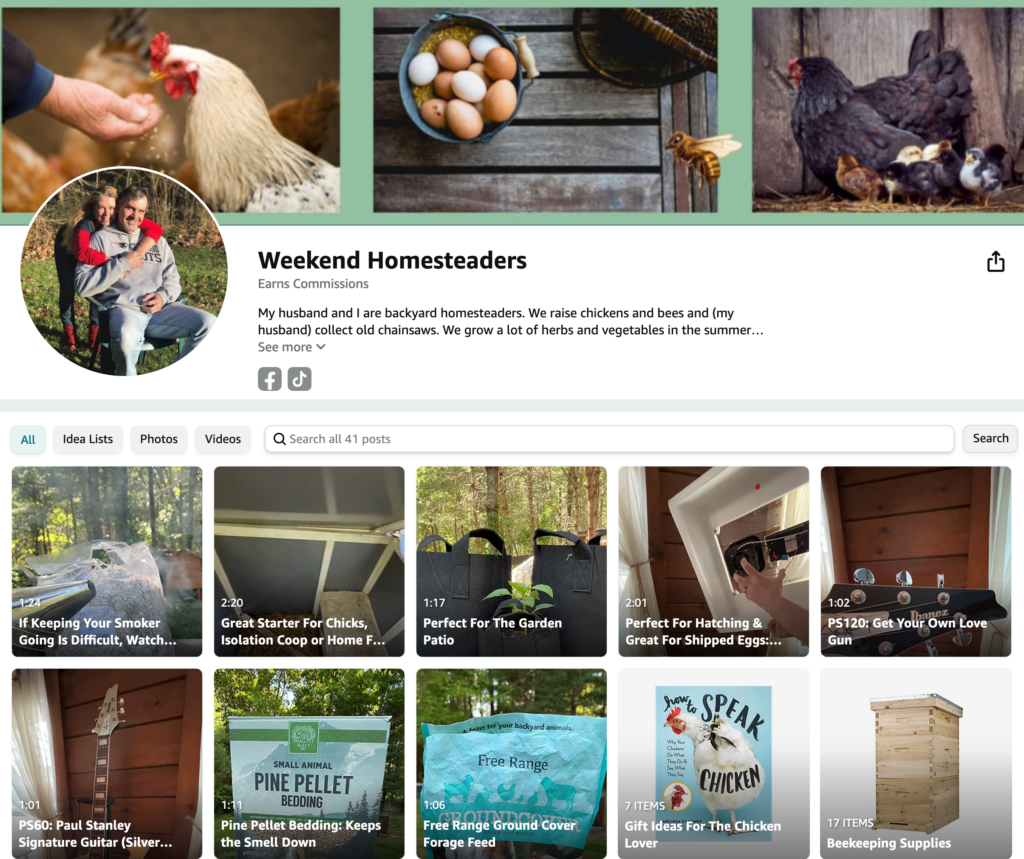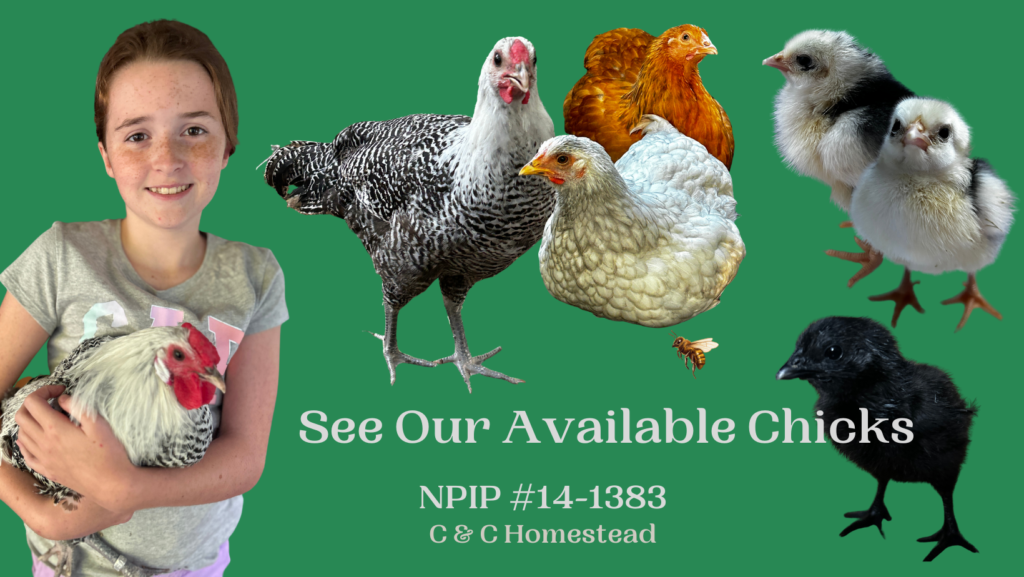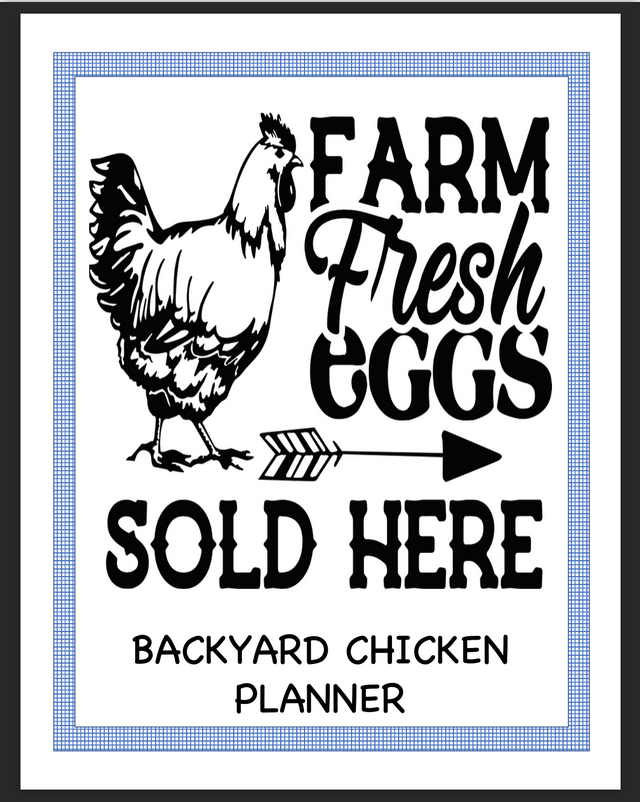The breed is the result of crossing local fowl with Langshans, a breed known for its large size and dark eggs, brought over by sailors from the Far East.
Over time, selective breeding focused on egg color, size, and the bird's adaptability to various climates, leading to the Marans we know today.
Physical Characteristics
Marans are medium to large chickens with a broad and muscular build. They exhibit several color patterns, including Black Copper, Wheaten, and Cuckoo, with the Black Copper Marans being particularly sought after for the rich color of its eggs.
- Feather: Their feathers are tight and glossy, with males showcasing a striking coppery sheen on their hackles and saddle.
- Legs: One of the breed's standard features is their clean, featherless legs, which are usually slate or grey in color.
- Eyes: The eyes are a bright orange or reddish hue, conveying a keen and alert expression.
Egg Production
- Egg Color: The hallmark of the Marans is undoubtedly their eggs, which range in color from a deep terracotta to an almost chocolate brown. The Black Copper variety is particularly renowned for producing the darkest eggs.
- Egg Size: Marans eggs are large and oval-shaped, with a strong shell.
- Laying Capacity: While not the most prolific layers, hens can produce around 150-200 eggs per year, with some variation depending on the lineage and individual care.
Temperament
Marans are known for their calm and friendly disposition, making them excellent backyard chickens. They are hardy birds that adapt well to confinement or free-range conditions. Roosters tend to be protective of their flock without being overly aggressive, which is an asset for backyard flocks.
Care and Maintenance
- Feeding: A balanced diet is crucial for maintaining health and optimal egg production. Marans benefit from a diet rich in proteins and greens.
- Housing: They require dry, well-ventilated housing to stay healthy. Ample space helps prevent pecking and other stress-related behaviors.
- Health Considerations: Marans are robust and have no specific susceptibility to diseases. Regular health checks and parasite control are recommended to keep them in peak condition.
Contribution to Biodiversity
Marans are not just kept for their aesthetic and egg-laying qualities; they are also valued for their contribution to genetic diversity in poultry. Conservation efforts and breeding programs continue to play a vital role in preserving this unique breed.
Conclusion
The Marans chicken is a breed rich in history, beauty, and utility. Whether for the backyard hobbyist or the serious breeder, Marans offer something special: the joy of raising chickens that are as delightful in temperament as they are remarkable in appearance and productivity. Their signature dark eggs continue to captivate enthusiasts and culinary aficionados alike, making Marans a cherished breed in the world of poultry.




